Producers
-
Description:
In 1982 Kim Engle and Deb Bermingham purchased a thirty-acre farm in the Finger Lakes region, ten acres of which they planted to a variety of cool climate grapes. They named the vineyard Bloomer Creek and for the last three decades they have meticulously farmed it using organic methods.
They employ no herbicides, no irrigation, fruit is hand-harvested, and only natural native yeasts are used for fermentation. They often utilize whole clusters in their winemaking, including the whites, extended lees aging, and they allow fermentations to progress at their own rate without using temperature control.
In a part of the world where winemakers don’t often take risks, Bloomer Creek seems afraid not to and the results are wonderful. Both their whites and their reds are incredibly distinctive, age-worthy and expressive of the place and time in which they were produced. That place is the Finger Lakes, and Bloomer Creek may be the single most unique, and compelling voice in town.
Image: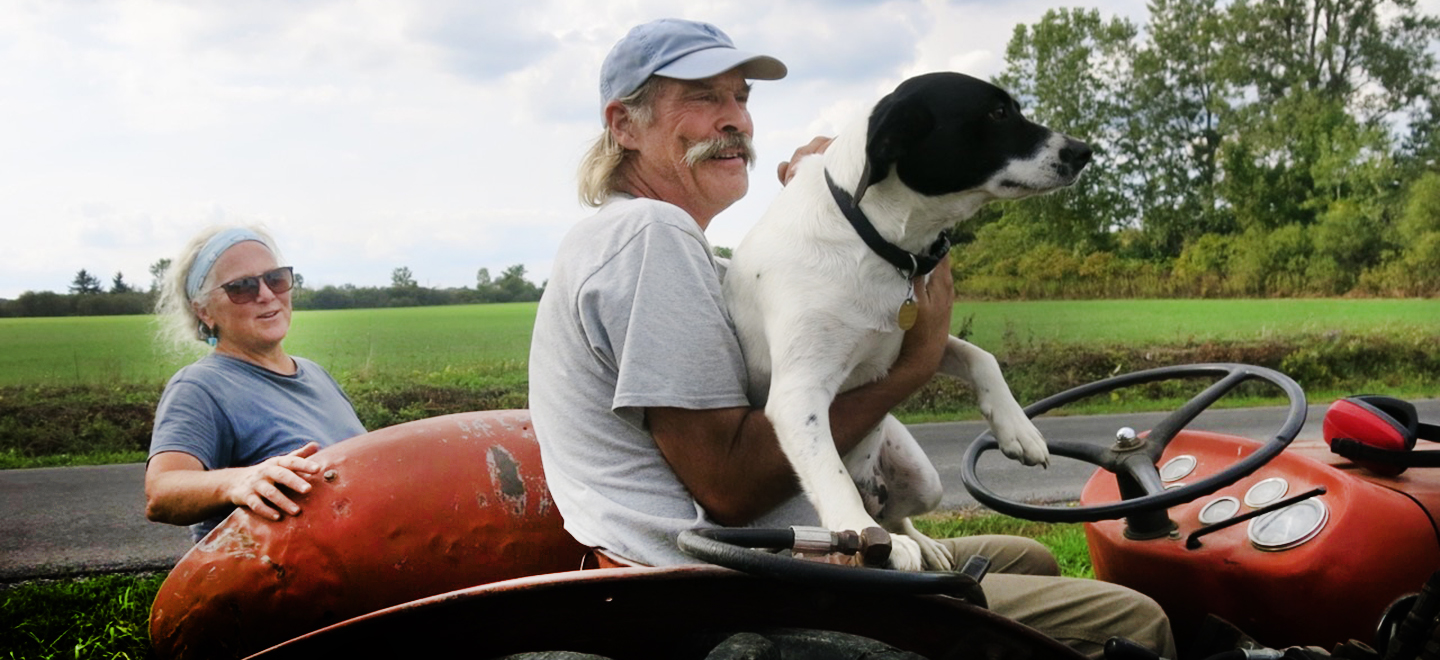 Region:
Region: -
Description:
The timbered home that houses this family-owned estate in Hainfeld was built in 1619, but the estate in its current form is far more recent than that. In 1990 Annette Borell and Thomas Diehl married and created Borell-Diehl by joining their families' three wineries into one. Starting with a total of 5 hectares, they have since expanded to 35 hectares of vineyards, all within 5km of Hainfeld, about 1/2 hour drive from Deidesheim. Their holdings are a complex geology of loess, limestone, red sandstone, with deposits of minerally muschelkalk (limestone) in some sites.
Annette and Thomas' oldest son George has taken over leadership at the estate. Having staged at important addresses like Rebholz (Pfalz) Wittmann (Rheinhessen), and Von Volxem (Saar), as well as an internship in New Zealand in 2016, he continues the winery's focus on quality wines of extraordinary value. All the wines David Bowler imports are from estate-owned vineyards where rigorous crop thinning and hand-harvesting are the norm. In addition, no systemic pesticides or herbicides are used and there is no irrigation in the vineyards. As of 2018, the wines are certified vegan by the European Vegetarian Union.
Borell-Diehl is our cool, under-the-radar source for a slew of great wines "beyond Riesling," including:
- fun, splashy liters of Müller-Thurgau and St. Laurent Rosé (our top-selling German wines!!!)
- fabulous Gewürztraminer in a fruity Kabinett style
- an excellent methode champenoise Chardonnay Sekt
- a classic Spätburgunder of such quality and value it would beat or compete with any American or French Pinot Noir under $20 that you'd care to name---a must try!
Image: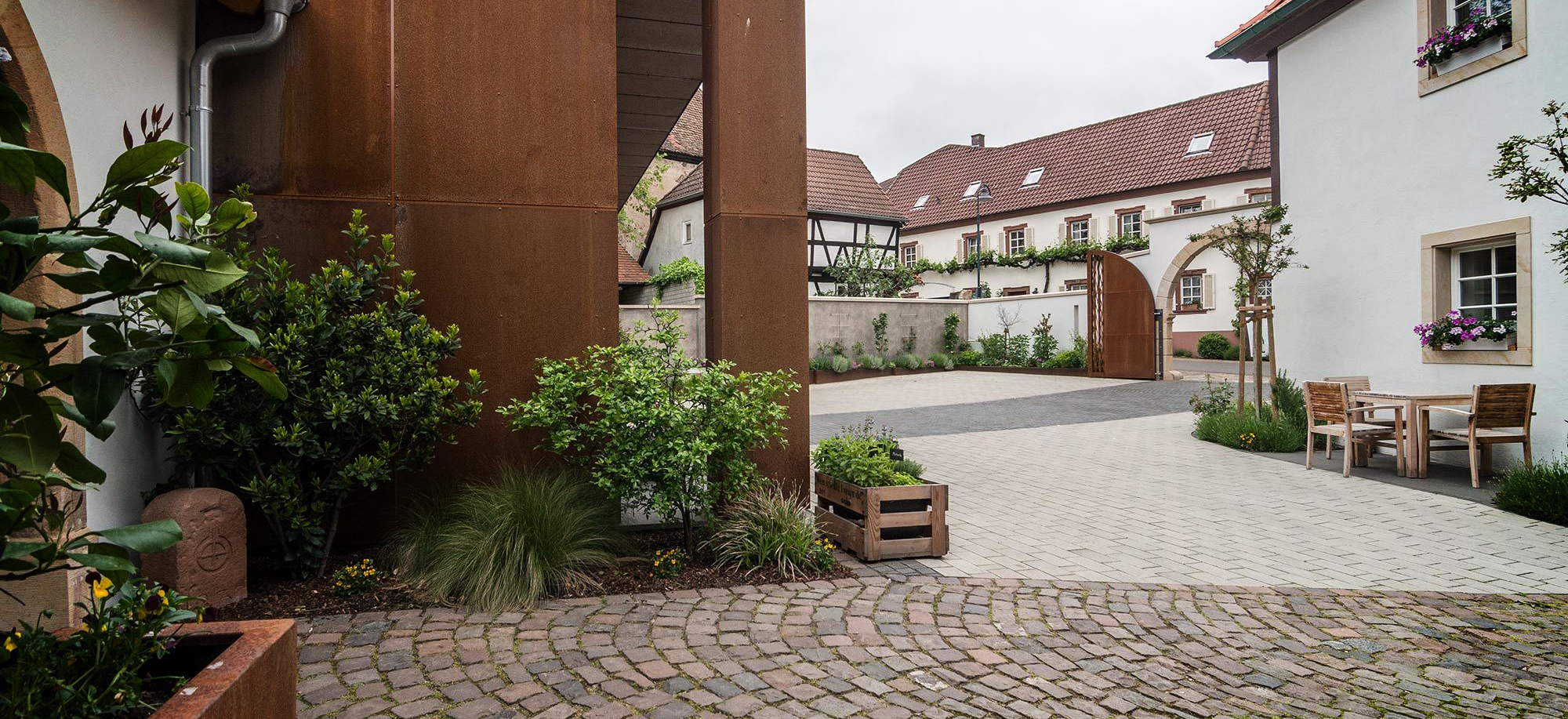 Region:
Region: -
Description:
New Jersey and Pennsylvania Only
Established in 2004 by owner and winemaker Chris Brockway, Broc Cellars is a Berkeley-based natural winery that makes refreshing and approachable wines for everyday drinking.
Chris Brockway’s winemaking journey began with California Zinfandel. The spicy, brambly fruit style drew him from his hometown of Omaha, Nebraska all the way to California. What he found, however, was that California wines had changed to fit the “bigger is better" mold of the time. Personally, he felt it was all too much – high alcohol, too big, too much everything.
Chris believed California wine could be different. From a single barrel in 2002 to now over 20 different wine releases a year, Broc Cellars makes fresh California wines to enjoy and for your table. In 2023, Broc Cellars extended their vision of simple and ethical winemaking into the vineyard as new owners of Fox Hill Vineyard, an organically farmed 60-acre site planted to Italian varieties in Mendocino County.
We are thrilled to welcome Broc Cellars into the Bowler portfolio in New Jersey and Pennsylvania!
Image: Region:
Region: -
Description:
It's rare to find anyone in Chablis who farms biodynamically and it immediately drew my attention when the introduction to the Brocard wines crossed my desk. Even today, in 2023, there are only a handful of producers in Chablis practicing biodynamic viticulture. When Julien joined his father as vineyard manager in 1997 at Jean-Marc Brocard, the winery was using everything in the arsenal to combat disease: herbicides, fungicides, pesticides. Julien was determined that there had to be a better way. He had heard about biodynamic farming and became a part of a group of growers in Burgundy (which included Aubert de Villaine, Anne-Claude Leflaive and Dominique Lafon) who shared their trials and tribulations of farming this way. In 1997, he started his exploration with the village level “Boissoneuse” vineyard, which is the heart of the Julien Brocard winery.
Julien Brocard was the first to practice biodynamic farming in Chablis and it was not without its challenges. Growers from neighboring plots feared that biodynamic farming brought disease to their vineyards. Ignoring the naysayers and happy with the results, Julien pressed on and continued to convert more vineyards to biodynamic agriculture. In 2012, feeling that the sites were showing their fullest potential, he launched his own label, Julien Brocard - les 7 Lieux. “7 Lieux” translates to seven sites and he started with seven wines that year.
Today, Julien is working with 18 hectares total, the heart of which is 11 hectares in the Boissoneuse vineyard in Préhy. Biodynamic farming requires constant human observation and attention, and the use of ancestral methods and tools, such as horse-drawn plowing which creates a natural link between people, the soil and the plants. Since planting fruit trees in the vineyard he has witnessed a resurgence of wildlife and microbial life in the soil. He’s working on the reforestation of his vineyards as well to help balance the water in the soil.Image: Region:
Region: -
Description:
Brooklyn Cider House is owned and operated by Peter and Susan Yi. The story began in 2014 when Peter, previously the owner of PJs Wine and Spirits in New York City, got a taste of the traditional ciders from the Basque region during a wine trip to Spain. Up until that point, Peter had been a passionate wine lover with little interest in cider but he returned from the trip a changed man. He convinced his sister, Susan to quit her job as a teacher and within a year they had purchased a 200-acre apple orchard in New Paltz, NY. And so began their journey into cider production with the first releases in the fall of 2015.
Their sustainably farmed orchard has 110 acres of trees planted to 40 different heirloom varieties such as Kingston Black and Tremlett’s Bitter. Since a number of the trees are still quite young and not yet producing, Peter and Susan have been purchasing some fruit from nearby apple growers and cider producers.
The process for making the ciders is simple: The apples are harvested, pressed upstate and then brought down to the cidery in Bushwick for "ciderfication". The juice is fermented in stainless steel where it also undergoes malolactic for 6-9 months. It is then transferred to 80-year-old chestnut barrels (imported from Spain) and aged on the lees for about a year. Nothing is added during the process except for a little bit of SO2 at bottling.Image: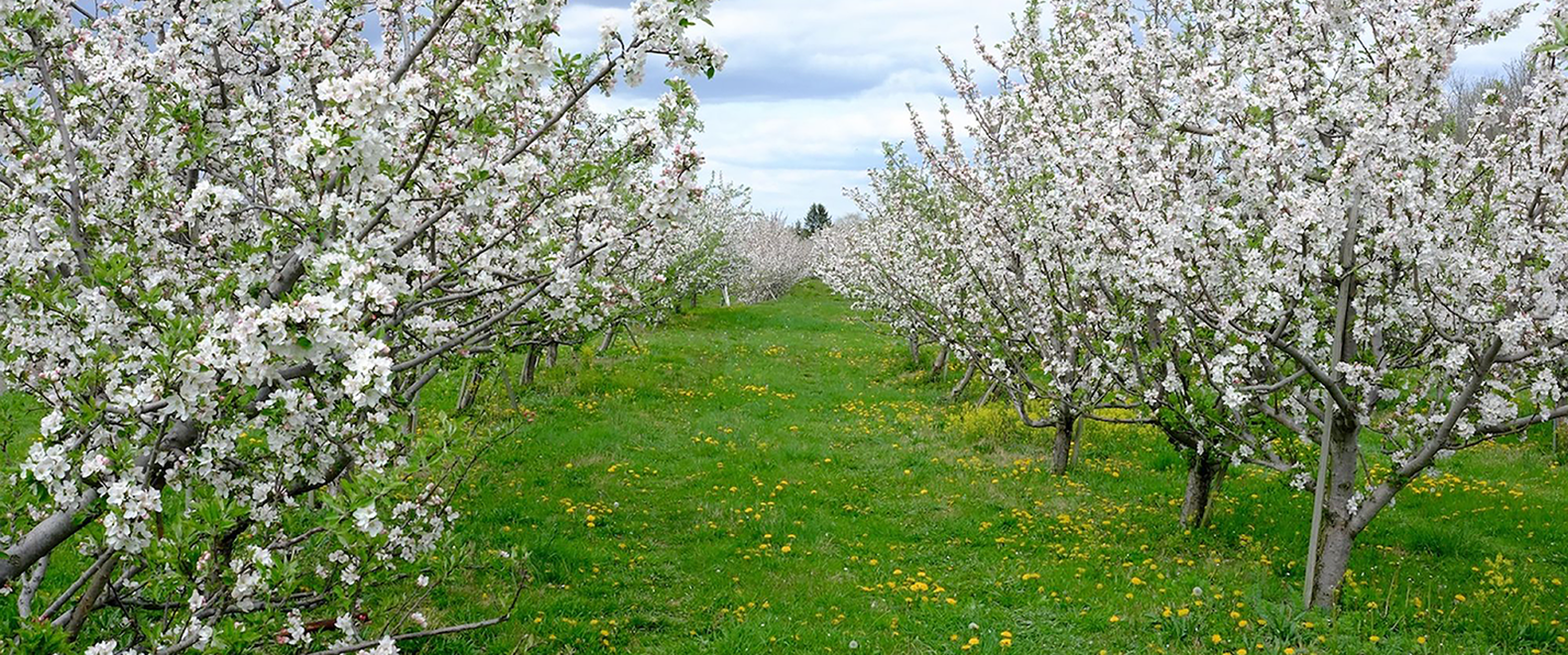 Region:
Region: -
Description:
Established in 1970 by the late Riccardo Bruna, Azienda Agricola Bruna is the benchmark producer of the local Pigato (AKA Vermentino*) grape, a late-ripening variety named for the amber spots that appear on the bunches. Located in the Arroscia valley in western Liguria, the historic home for Pigato, Bruna is a tiny 7.5 hectare estate consisting of 5-6 vineyard plots, all planted on terraced vineyards carved out of the mountainside. Production in a top year is only 3000 cases. The vineyards are perched at 200-300 meters above sea level and only 15km from the Mediterranean. This area, known as the Maritime Alps, is known for its production of olives, cherries and aromatic herbs, such as rosemary, thyme and sage. Bruna is run by Riccardo’s daughter Francesca and her husband, Roberto. The estate has worked organically (not certified) since 2009. In addition to its three Pigato wines, Bruna makes a Vermentino, a Rossese, and a two red blends based on the local Granaccia variety, a variant of Grenache.
*“Vermentino is actually Pigato. Wait a minute; no, Pigato is not Vermentino. After years debating the issue, researchers, wine experts and producers in Italy all agree to disagree on the subject. The academicians all apparently believe that Pigato and Vermentino are the same; many of Liguria’s wine producers do not. Being facetious, you might say that’s because the grapes are both Favorita. No, wait: they’re all Piccabon (a wrong attribution: we now know Piccabon is identical to Vernaccia di San Gimignano). And so the story goes on. And on. According to recent genetic testing, however, Piedmont’s Favorita and western Liguria’s Pigato appear to be biotypes of Vermentino, rather than distinct varieties… For the best Pigatos, try: Bruna*** (especially U Baccan, balsamic and rich).” – Ian d’Agata – Native Wine Grapes of Italy
Image: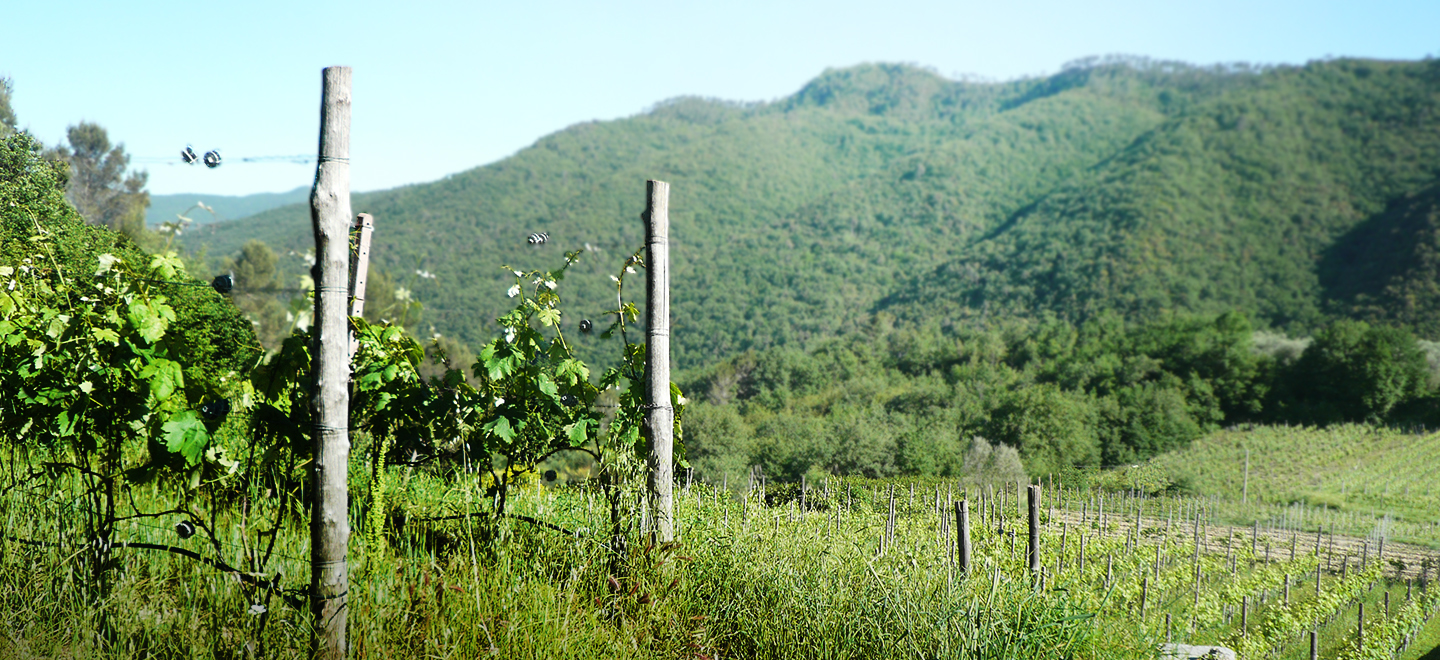 Region:
Region: -
Description:
Weingut Buchegger was established in 1893. Walter Buchegger—who sadly passed away in 2018— took over from his father in 1994, making him the sixth generation to run the family estate. He and his wife Silke Mayr had originally kept their wineries independent from one another until 2006, when they started to share a winery space. They worked together to run both wineries; now Mayr manages both. The estate has fifteen hectares of vines located in the Kremstal on mostly conglomerate soil topped with loess, planted to Grüner Veltliner and Riesling, with a smattering of Zweigelt, Chardonnay and Merlot. The loess has a high chalk content at sixty-five percent. The top sites in the estate's holdings are the Gebling, Holzgasse, Pfarrweingarten, Moosburgerin, and Tiefenthal.
The vineyards are farmed following the Austrian “Kontrolled Integrated Production” or KIP, which is stricter in some ways that the normal organic designation: for example, it places more stringent limits on the amount of copper sulphate allowed and limits the use of tractors which can compact the soil. Allowing the soil to “breathe” leads to healthier root systems and vines. No herbicides or insecticides have been used in the vineyards for twenty-five years.
The Bucheggers are proud that their vines have been around since before scientists were working on clonal breeding and proud also that their vines are all massale selection, and have been from the time the winery was established. The house style is very classic: the wines have ripeness and power, but always without botrytis. These wines are clean, fruity, and easy to drink.
Image: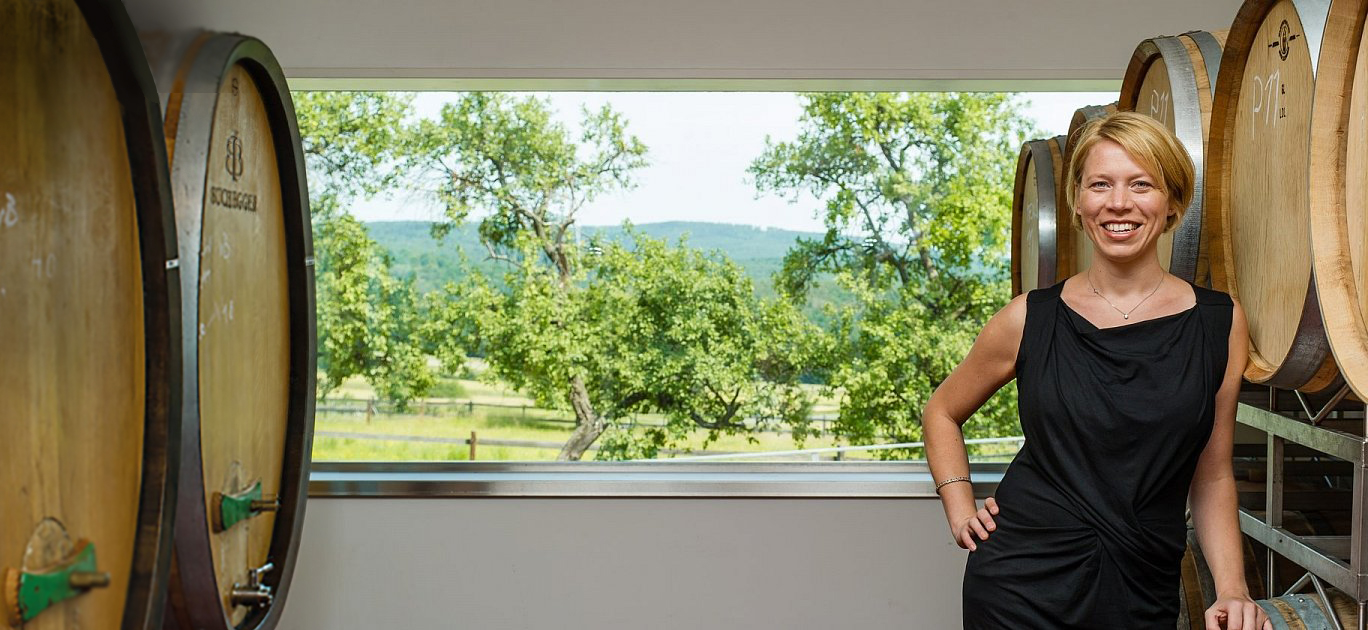 Region:
Region: -
Description:
Founded in 1851, Old Hill Ranch is one of the oldest and most historic vineyards in Sonoma. In 1981 it was purchased by Otto Teller, the stepfather of current winemaker Will Bucklin, and resurrected from a state of disrepair having become overrun with old cars, blackberry bushes and old bathroom fixtures. After several years of work the vineyard was back on track and in 1984 they began selling the grapes to Ravenswood for their acclaimed Old Hill Zinfandel. In 1998 the four Bucklin siblings decided to start their own winery so, after having interned at Lafite-Rothschild, worked at Hardy and Sons in Australia, Navarro winery in Mendocino, and being the winemaker at King Estate winery in Oregon, Will Bucklin returned to take over tending the vineyard and winemaking responsibilities at Old Hill Ranch.
The twenty-four-acre Old Hill vineyard is a classic California field blend, of which about three-quarters is Zinfandel; the rest is a mix of Grenache, Alicante Bouchet, and a least a dozen other varieties (Tannat, Trousseau, Colombard, Lenoir, etc…). The vineyard is both dry farmed and certified organic with yields that rarely exceed one and a quarter tons per acre.
Wines are fermented using only native yeasts and are aged using modest amounts of new oak. The goal here is to allow this carefully tended piece of California history to show its terroir without adding or removing anything that might diminish its expression. Old Hill Ranch is an exceptionally well preserved relic from the genesis of California’s wine landscape and luckily, under the careful watch of the Bucklin family, it has a long life ahead.
Here is a link to Will Bucklin's blog: buckzin.wordpress.com
And a link to an interesting MAP of vineyard plantings.
BOWLER E-Zine Issue 4 | January 2022: Compost Cookery with Foradori, Hoch, Bucklin, and Podere Giardino
Image: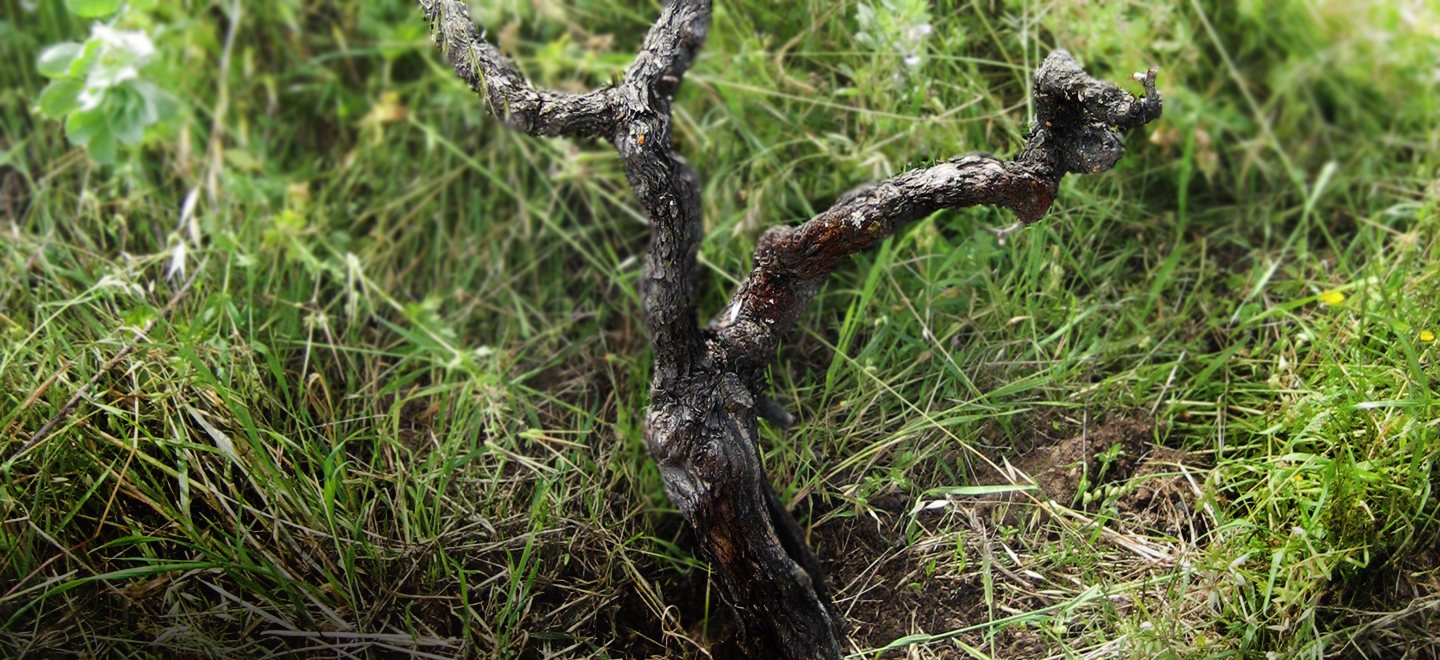 Region:
Region: -
Description:
Curro Bareño and Jesus Olivares—the duo behind groundbreaking Galician projects Fedellos de Couto, and Ronsel de Sil—are now bringing their vision and expertise much closer to home, to San Martin de Valdeiglesias in the Sierra de Gredos, where both started their careers.
Ca’ di Mat (literally, “House of Fools” in a Piedmontese dialect) is the name of their new project and is a collaboration between the two brats (a fedello is a brat in Galician dialect) and long-time friends of theirs who own a family farm in the area. Together they work the twenty hectares of the farm, which is planted with a wide variety of trees and fruits: strawberries, rockrose, juniper, Holm oak, Pyrenean oak, and, of course, vines of Garnacha, Albillo Real, and Moscatell, ranging between thirty and eighty years old.
The compact granitic soils of the Gredos are not strange to Curro and Jesus, who worked with similar terroir in Ribeira Sacra. However here the soil is composed of a variety of granites (white, pink, red) and have much less schist. Spread around various parcels, the vines of Ca’ di Mat grow on three different granites: pink (with a high percentage of feldspar), white (high in quartz, more porous than feldspar), and raw red granite. Each plays a role in the character of the different cuvées.
Curro points out other terroir and vineyard variables that are important factors in the build-up of their wines. The climate is full-on continental, with healthy rainfall and colder winds. Their old vines are bush grown, and sit at around 800–850 meters high. The ruggedness of the terrain, the austerity of the climate and the age of the vines add up to crazy and hard labor cultivate grapes and make wines here, but the combination helps the “fools” of Ca’ di Mat realize their ideal wine: fluid, delicate, and open.
Ca’ di Mat’s red wines owe their surprisingly light color to the work in their organically raised vines. Curro and Jesus prune lightly, and encourage high productivity aiming for rich vines and big grapes that are “not forced”. Winemaking is non-intrusive, with spontaneous fermentations in concrete. It is hard to believe that these pale reds undergo such long maceration periods—ninety days sometimes—but their work is so delicate, the grapes are foot-trodden softly and the must separated by hand from the skins and stems, that the heat and power of Garnacha give way to a subtly aromatic and fruity juice. The whites are expansive and expressive, their weight balanced by a tense mineral current. Élèvage is as neutral as possible, in concrete tanks, and mostly-used French oak.
Image: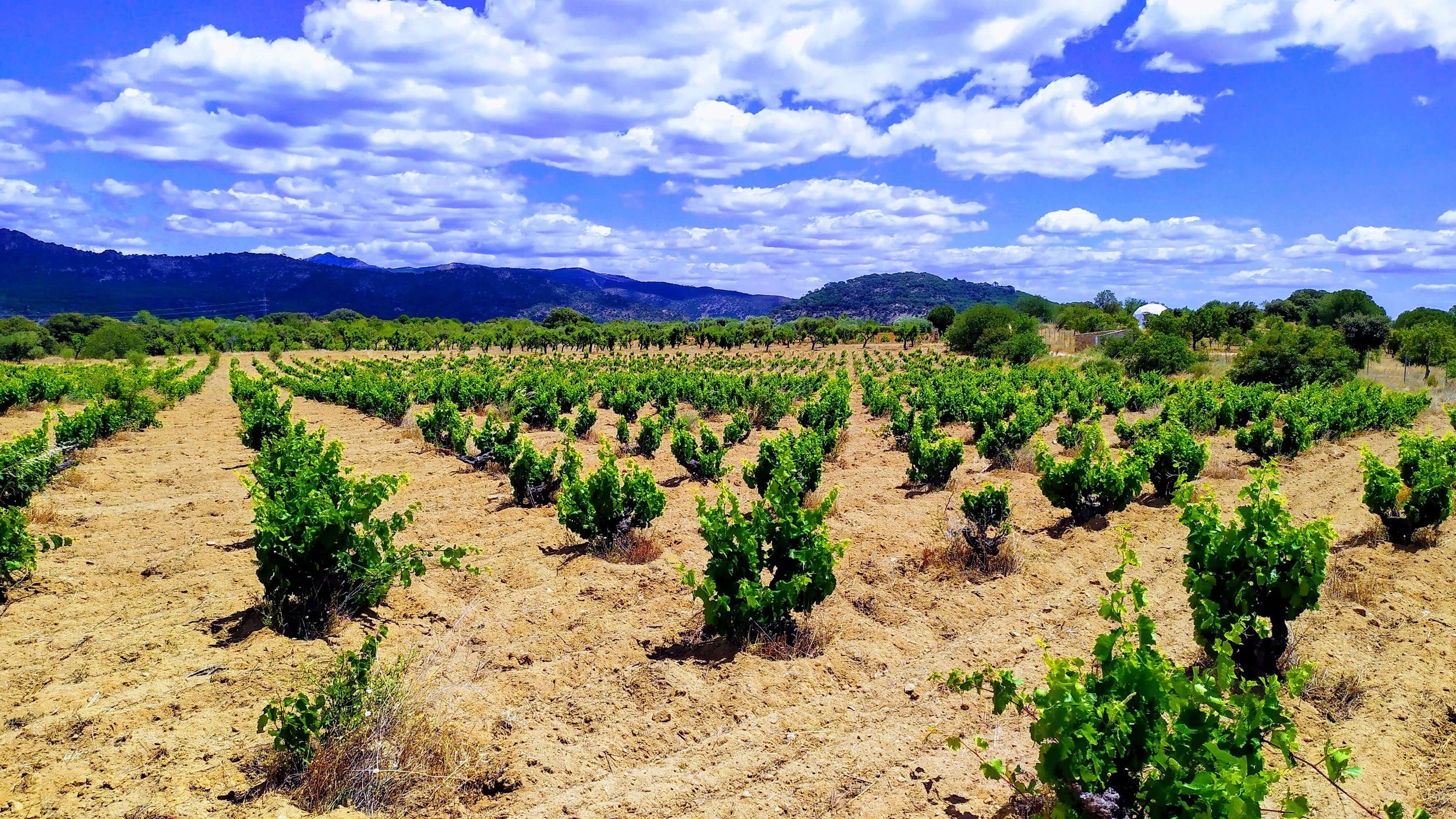 Region:
Region: -
Description:
Ca’Liptra was founded in 2012. The four partners met either at enology school or on the job at some of Le Marche’s top wineries (La Distesa, Pievalta, Fattoria Le Terrazze). Calyptra is a botanical term; it’s the thin cap that protects the flowering parts as they are developing. In grapevines this part blows off as the flowering process begins. The name Ca’Liptra is a combination of Ca’ (meaning “house of”) and the initials of the partners’ last names (Giovanni Loberto, Agostino Pisani, Antonella TRaspadini, Roberto Alfieri).
The estate is located in Cupramontana, one of the highest-quality villages in the Verdicchio dei Castelli di Jesi denomination. Specifically, Ca’Liptra’s vineyards are in the contrada of San Michele. San Michele is unique, as it is one of the warmest spots in the Jesi zone and it also contains its oldest soils, with elevated limestone and gypsum content. Wines from this area tend to be concentrated without lacking verve, and also quite saline and long.
Ca’Liptra’s five hectares of vines are split between seven parcels, all walking distance from one another, allowing the estate to focus on producing wines that are truly representative of a small area. Because almost no land is for sale and planting new vineyards is exceedingly restricted, the estate works with old vines, mostly planted in the ‘70s and ‘80s, with one plot dating back to 1948. The vineyards are planted to Verdicchio, Trebbiano Toscano, Malvasia Toscana/Malvasia Romagnola, Montepulciano, and a touch of Sangiovese.
Farming is organic (with certification for most parcels), with a focus on restoring a sense of balance, which is difficult to come by in a de facto monoculture such as a vineyard. To that end, no fertilization is done, only the first few centimeters of topsoil are worked, and cover crops are matched to the specific needs of each vineyard, if they are even needed.In the cellar, much is left to intuition and taste, like old-school vignaioli. While the ragazzi have day jobs as enologists elsewhere that require understanding and reacting to lab analysis, at home at Ca’Liptra, these measurements are not taken. Though there has been much experimentation and searching since the inaugural vintages of each wine, the range is now feeling complete, reflecting the particular terroir of San Michele in a valid but personal way.
To view their website, click here.
Image: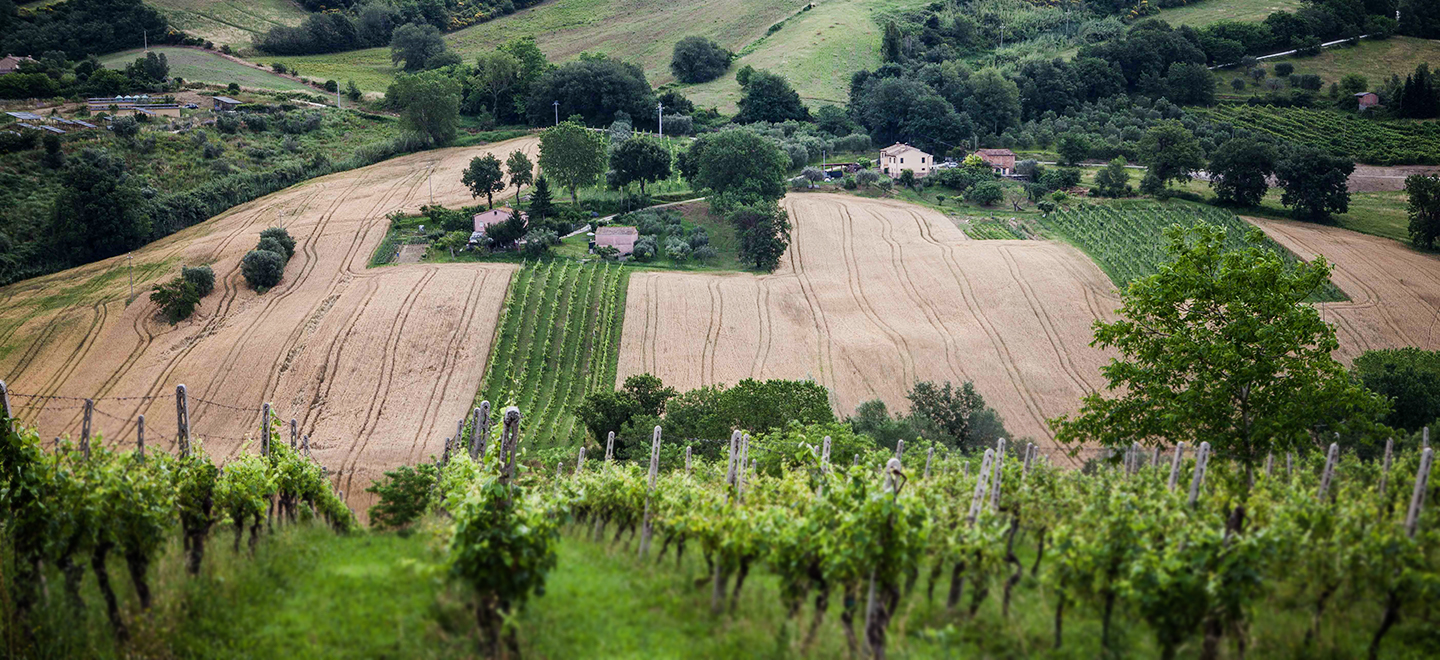 Region:
Region: